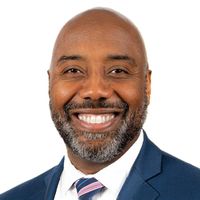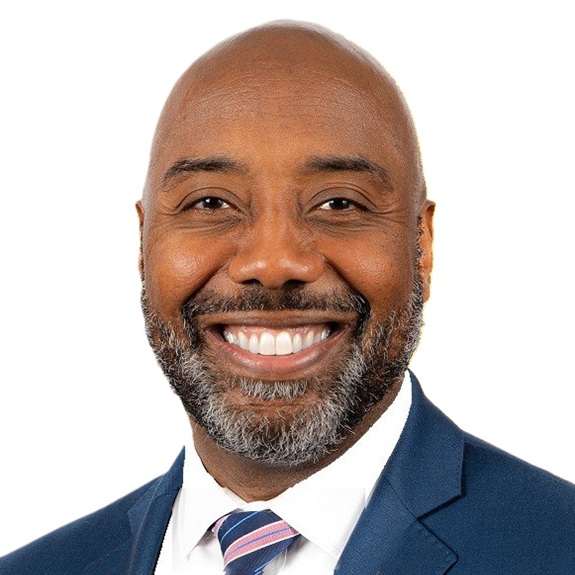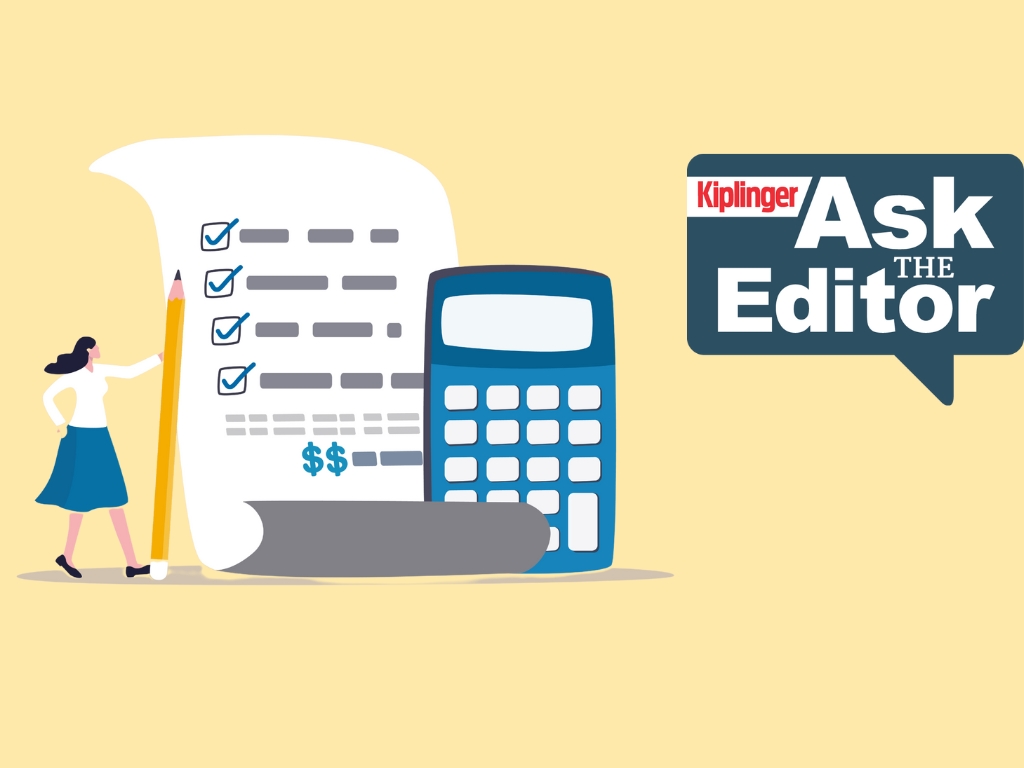How to Capitalize on Self-Directed Brokerage Accounts
The wider array of investment choices in SDBAs could help a savvy investor grow their nest egg faster than they could with a traditional 401(k) retirement plan.


People close to retirement age who want control over their investments beyond their traditional 401(k) accounts tend to believe their options are limited. The conventional reasoning goes that they must either qualify for limited in-service distribution options (such as hardship withdrawals), be eligible for the rule of 55, or simply wait until they’re age 59½ to move the assets in their retirement account.
Thankfully, there’s another option: self-directed brokerage accounts (SDBAs), also known as brokerage sleeves in 401(k) plans. Yet research suggests that while many U.S. employers offer brokerage sleeves in their 401(k) accounts, few employees actually use them.
One of the advantages of using SDBAs? They empower a financial professional to help you reallocate your portfolio investments. The wider array of investment choices could help savvy investors grow their nest eggs faster than they might with a traditional company-organized plan. That flexibility can be especially important as you near the end of your working life.
From just $107.88 $24.99 for Kiplinger Personal Finance
Become a smarter, better informed investor. Subscribe from just $107.88 $24.99, plus get up to 4 Special Issues

Sign up for Kiplinger’s Free Newsletters
Profit and prosper with the best of expert advice on investing, taxes, retirement, personal finance and more - straight to your e-mail.
Profit and prosper with the best of expert advice - straight to your e-mail.
Here are the benefits of working with a financial professional to utilize an SDBA in your workplace retirement plan — and how doing so may help in seeking to pave the way to a longer-lasting, more secure retirement.
1. Personalized advice and a holistic approach.
Some financial professionals treat retirement plans as static investment vehicles, working around them to help you achieve your financial goals. Group retirement plans offered by industry heavyweights all provide basic financial advice in the form of a 1-800 phone number. Those calls go to a desk at a call center, where a registered and licensed representative can deliver a few rules of thumb to guide your allocations.
But with an SDBA, a financial professional can get an inside look at your retirement investments and help you align them with your current financial situation. When the markets are performing well, the financial professional can also provide guidance that’s timely and tailored to your long-term financial goals.
Most important, an SDBA will enable your regular financial professional — who likely has a deep understanding of your insurance policies, education planning, road map to retirement and more — to have an investment discussion based on who you are — your dreams and what you’re looking to accomplish in retirement.
2. An opportunity to move away from conservative financial strategies.
If your assets are in a target date fund, which seeks to maximize return potential by a specific date, they are likely transitioning toward fixed income investments (like bonds) as you approach retirement. The problem? This approach may be too risk-averse, depending on your own stated tolerance for risk.
Near-retirees should be managing their wealth not just up to their retirement date, but through retirement, into their final years. Even target date funds that evolve through retirement may not necessarily extend that glide path into your 80s. And let’s face it: Many don’t plan to have a 15-year retirement.
Increased longevity only raises the stakes. Baby Boomers are living longer than previous generations and, in turn, need an extended financial runway in retirement. Today, 65-year-olds can expect to live at least another 20 years and should realistically have enough funds to cover 35 years of retirement. SDBAs give you the opportunity to move your investments into a customized portfolio with an amount of equity exposure that could help position your portfolio to outperform inflation over a longer time horizon.
3. Greater upside potential.
A financial adviser can help you avoid making investment decisions driven by overconfidence and negative emotions, which are more commonplace during the highs and lows of the market. In fact, one study found that 40% of the value a financial adviser provides is actually emotional — bolstering investor confidence and satisfaction with the choices they’ve made. In general, financial professionals have the knowledge and experience to help you allocate your assets wisely, be it through charitable-giving strategies, estate planning strategies or business-continuation planning.
What’s more, gains realized in a brokerage sleeve or SDBA are taxed the same as those in a standard retirement account. That could mean a bigger nest egg in your golden years.
A caveat: SDBAs often have restrictions on the amount that can be invested through a brokerage sleeve. Nineteen percent of plan sponsors with brokerage sleeves, for instance, limit participants from moving more than 50% of their 401(k) balance into a brokerage sleeve.
While SDBAs may have certain limitations (such as caps on how much can be moved into the SDBA), the benefits — especially when paired with the guidance of a financial professional — can help pave the way to a secure and fulfilling retirement.
This article, which has been obtained from an outside source and is provided as a courtesy by Stephen B. Dunbar III, JD, CLU, Executive Vice President of the Georgia Alabama Gulf Coast Branch of Equitable Advisors, LLC, does not offer or constitute, and should not be relied upon, as financial, investment, tax, legal advice. Your unique needs, goals and circumstances require the individualized attention of your own tax, legal, and financial professionals whose advice and services will prevail over any information provided in this article. Equitable Advisors, LLC and its affiliates do not provide tax or legal advice or services, nor do they endorse, approve, or make any representations as to the accuracy, completeness, or appropriateness of any part of any content linked to from this article. It is not possible to invest directly in an index. Stephen B. Dunbar III offers securities through Equitable Advisors, LLC (NY, NY 212-314-4600), member FINRA, SIPC (Equitable Financial Advisors in MI & TN) and offers annuity and insurance products through Equitable Network, LLC. Financial Professionals may transact business and/or respond to inquiries only in state(s) in which they are properly qualified. GE-6483452.1(04/24)(exp.04/26)
Related Content
- Can I Hire a Financial Adviser to Manage My 401(k)?
- Early 401(k) Withdrawals: Benefits, Risks and Alternatives
- What to Do When You Have More Retirement Income Than You Need
- Financial Fasting Can Trim the Fat From Your Spending
- Six Reasons to Avoid a Self-Directed IRA
Profit and prosper with the best of Kiplinger's advice on investing, taxes, retirement, personal finance and much more. Delivered daily. Enter your email in the box and click Sign Me Up.

Stephen Dunbar, Executive Vice President of Equitable Advisors’ Georgia, Alabama, Gulf Coast Branch, has built a thriving financial services practice where he empowers others to make informed financial decisions and take charge of their future. Dunbar oversees a territory that includes Georgia, Alabama and Florida. He is also committed to the growth and success of more than 70 financial advisers. He is passionate about helping people align their finances with their values, improve financial decision-making and decrease financial stress to build the legacy they want for future generations.
-
 Nasdaq Leads as Tech Stages Late-Week Comeback: Stock Market Today
Nasdaq Leads as Tech Stages Late-Week Comeback: Stock Market TodayOracle stock boosted the tech sector on Friday after the company became co-owner of TikTok's U.S. operations.
-
 Disney’s Risky Acceptance of AI Videos
Disney’s Risky Acceptance of AI VideosThe Kiplinger Letter Disney will let fans run wild with AI-generated videos of its top characters. The move highlights the uneasy partnership between AI companies and Hollywood.
-
 Ask the Editor: Itemized Deductions
Ask the Editor: Itemized DeductionsAsk the Editor In this week's Ask the Editor Q&A, Joy Taylor answers questions on itemized deductions claimed on Schedule A of Form 1040
-
 Are You Putting Yourself Last? The Cost Could Be Your Retirement Security
Are You Putting Yourself Last? The Cost Could Be Your Retirement SecurityIf you're part of the sandwich generation, it's critical that you don't let the needs of your aging parents come at the expense of your future.
-
 I'm an Insurance Pro: It's Time to Prepare for Natural Disasters Like They Could Happen to You
I'm an Insurance Pro: It's Time to Prepare for Natural Disasters Like They Could Happen to YouYou can no longer have the mindset that "that won't happen here." Because it absolutely could. As we head into 2026, consider making a disaster plan.
-
 The Future of Philanthropy Is Female: How Women Will Lead a New Era in Charitable Giving
The Future of Philanthropy Is Female: How Women Will Lead a New Era in Charitable GivingWomen will soon be in charge of trillions in charitable capital, through divorce, inheritance and their own investments. Here's how to use your share for good.
-
 5 Smart Things to Do With Your Year-End Bonus, From a Financial Professional
5 Smart Things to Do With Your Year-End Bonus, From a Financial ProfessionalAfter you indulge your urge to splurge on a treat, consider doing adult things with the extra cash, like paying down debt, but also setting up a "fun fund."
-
 Are You a Gen X Investor? Here's How You Can Protect Your Portfolio From an AI Bubble
Are You a Gen X Investor? Here's How You Can Protect Your Portfolio From an AI BubbleAmid talk of an AI bubble, what's the best course of action for investors in their 50s and 60s, whose retirement savings are at risk from major market declines?
-
 Hey, Retirees: Put Your Charitable Gifts in a Donor-Advised Fund (and Enjoy Your Tax Break)
Hey, Retirees: Put Your Charitable Gifts in a Donor-Advised Fund (and Enjoy Your Tax Break)A donor-advised fund is a simple (really!), tax-smart strategy that lets you contribute a large, tax-deductible gift now and then distribute grants over time.
-
 If You're a U.S. Retiree Living in Portugal, Your Tax Plan Needs a Post-NHR Strategy ASAP
If You're a U.S. Retiree Living in Portugal, Your Tax Plan Needs a Post-NHR Strategy ASAPWhen your 10-year Non-Habitual Resident tax break ends, you could see your tax rate soar. Take steps to plan for this change well before the NHR window closes.
-
 Could Target-Date Funds With Built-In Income Guarantees Be the Next Evolution in Retirement Planning?
Could Target-Date Funds With Built-In Income Guarantees Be the Next Evolution in Retirement Planning?With target-date funds falling short on income certainty, retirement plans should integrate guaranteed income solutions. Here is what participants can do.